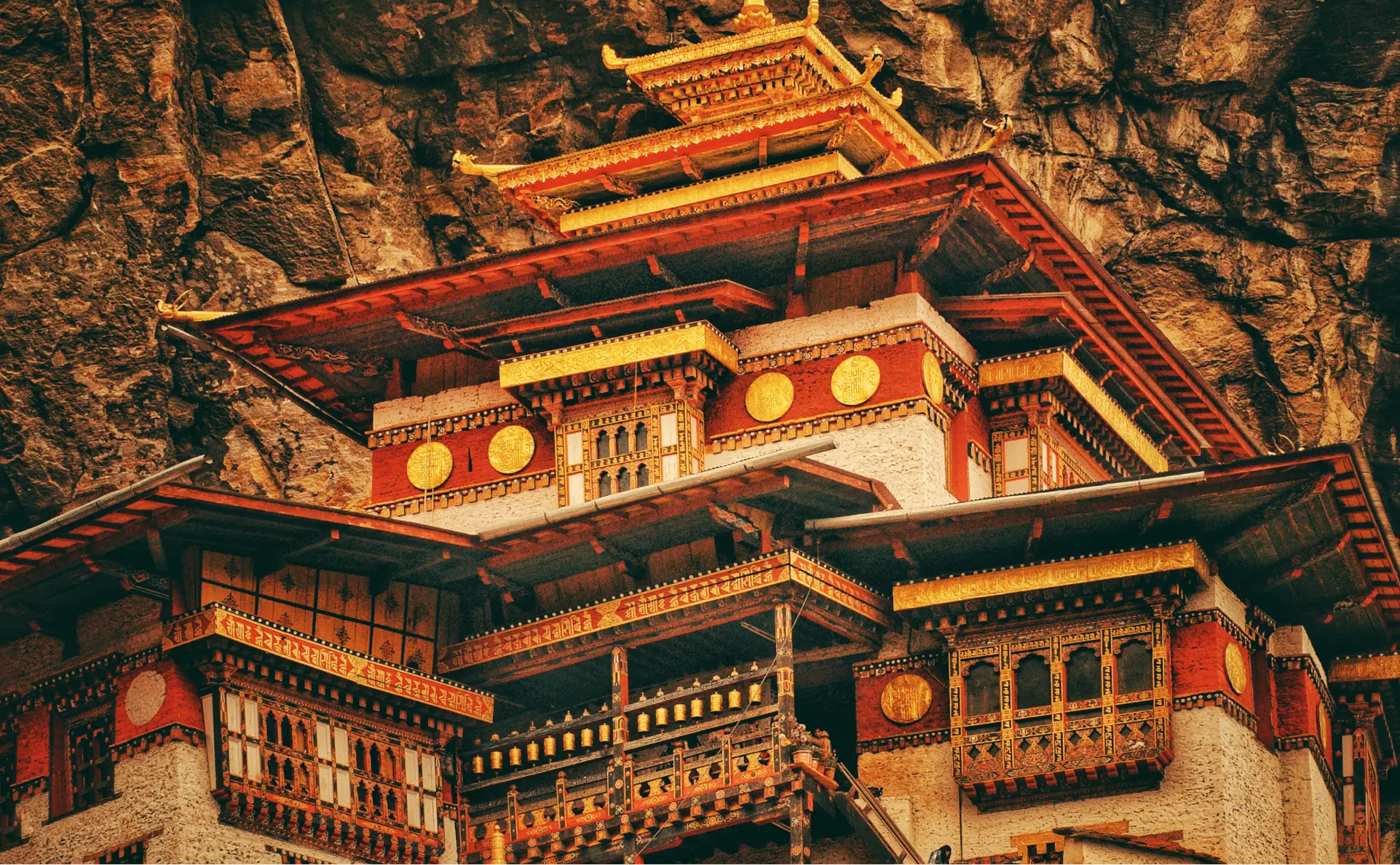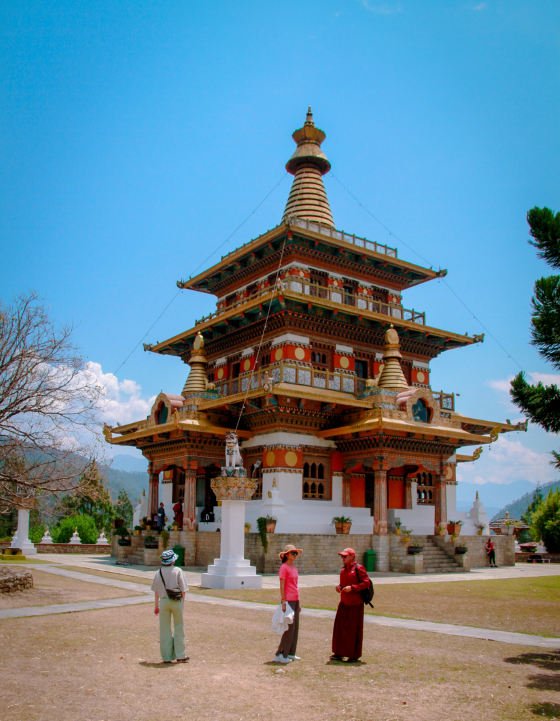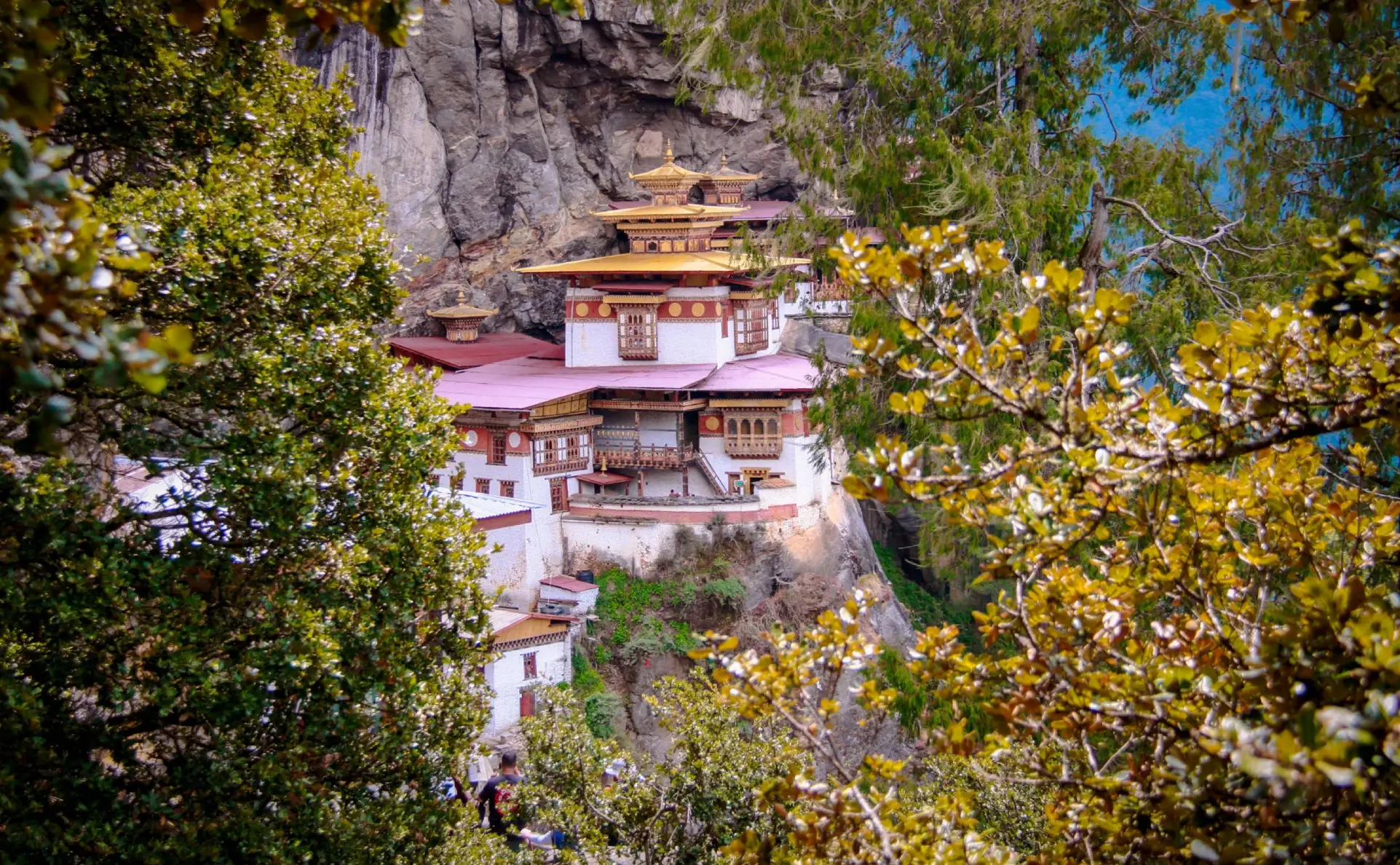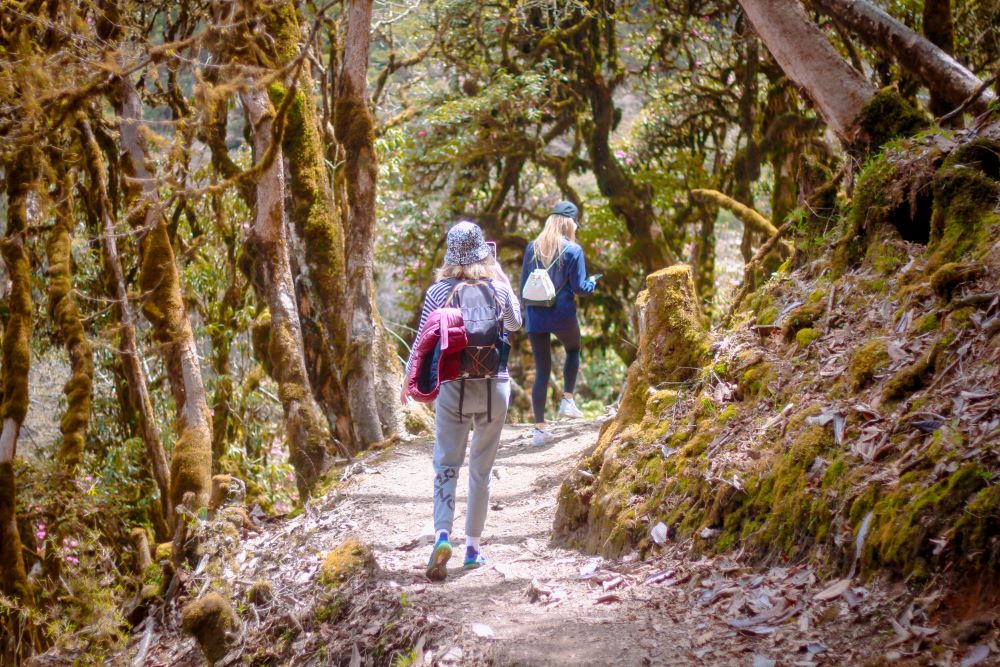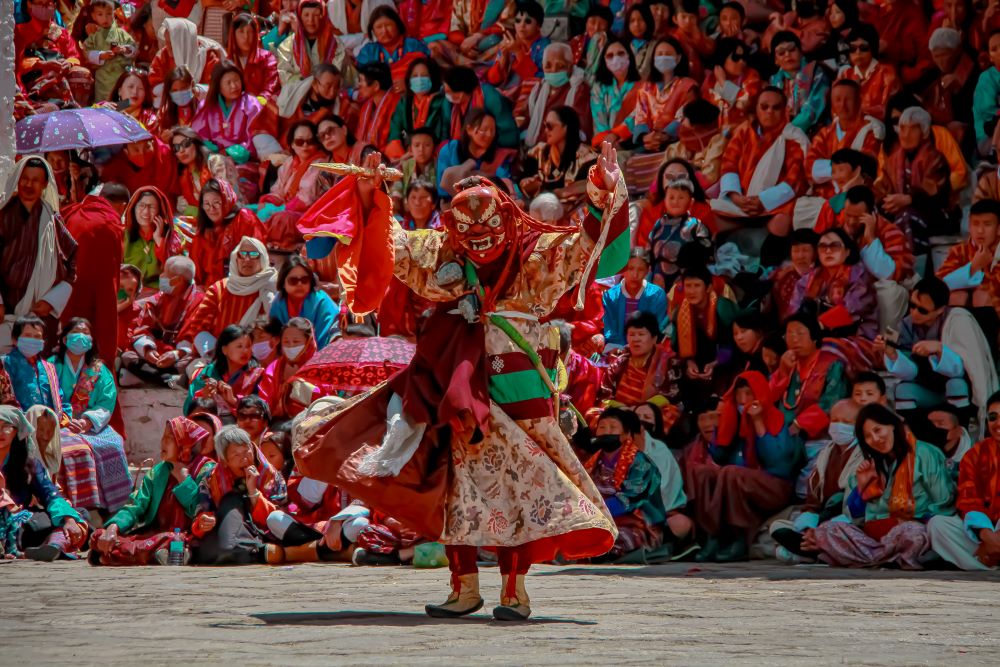A wonderful opportunity to learn about the unique legacy, traditions, and way of life of the Kingdom of Bhutan is to go on a Bhutan cultural tour. This immersive experience reveals a wide range of opportunities for cultural fans. You will feel Bhutan’s deep commitment to Gross National Happiness as you travel through the beautiful landscapes, making your way to forts that are placed in strategic locations and tranquil monastic courtyards. There are a lot of things you can do in the cultural tour of Bhutan and in this article, we have listed some of those in detail.
Be a part of the colourful festival
To fully experience the beautiful kaleidoscope of colours, reverent ceremonies, and profound symbolism that characterise Buddhist teachings or festivals, schedule your Bhutan Cultural Extravaganza Tour during the spring or autumn. These breathtaking performances feature painstakingly choreographed Cham dances carried out in gorgeous masked costumes. The colourful Tshechus, which features a mesmerising blend of costumes, masks, and enthralling theatrical dances, takes place in every district on the tenth day of a Lunar Calendar month. To include one of the Bhutan Festivals in your trip to Bhutan, check out this page’s calendar of festivals.
Experience homestay once
One of the best ways to experience the rich culture of Bhutan is to be a part of them and do everything that they do on a regular basis. Visit traditional farmhouses constructed utilising techniques like wattle and daub and rammed earth to get a feel for the community. To experience local family life and Bhutanese hospitality, choose to stay in a family house. Engage in routine activities like cutting peppers or taking a restorative hot stone bath. Responsible visitors can get a rare peek into the life of native Bhutanese who depend on the land’s bounty in villages like Chokor-Toe, Gangtey, and Punakha.
Visit beautiful temples and monasteries
The sight of the dominating Dzongs (fortresses) scattered across the country’s landscapes quickly draws one’s attention as a dominant feature of Bhutan’s sceneries. The majestic Dzongs and its stunning architectural characteristics, which are frequently built in commanding and valuable places, are reminders of Bhutan’s earlier times when they served largely as defence constructions. They serve as both storage facilities for the nation’s treasured antiques and a library that contains a vast collection of sacred writings and national treasures. Enjoy the peaceful ambiance as you see committed monks doing their daily rituals.
Participate in local activities
Numerous regional activities might improve your visit and give you a deeper understanding of the nation’s rich cultural heritage. You can take part in a number of distinctive and fascinating activities that are characteristic of Bhutanese culture in addition to visiting historical places and becoming fully immersed in local customs.One such action is planting paddy, which is essential to Bhutan’s agricultural methods. Discover the skill of farming rice, one of the nation’s primary crops, by going out with local farmers to their fields. Put on your work gloves and traditional farming attire, and discover for yourself the amount of labour and accuracy required to grow rice.
Stay in a monastery
As part of your cultural tour, stay in a monastery to experience the tranquil and spiritually enlightening world of Bhutan’s monastic life. With its illustrious status as the final stronghold of Vajrayana Buddhism, Bhutan presents a rare chance to encounter the profound spiritual practices that have endured for many years. You will get the opportunity to live with the dedicated monks and nuns during your monastic stay, observe their daily activities, and engage in their spiritual practices.
Conclusion: Let our trusted Bhutan travel agency guide you through a unique exploration of Bhutan’s wonders. From majestic monasteries perched on cliff edges to serene Himalayan vistas, we offer a curated travel experience that connects you deeply with Bhutan’s traditions, spirituality, and unparalleled natural beauty.

